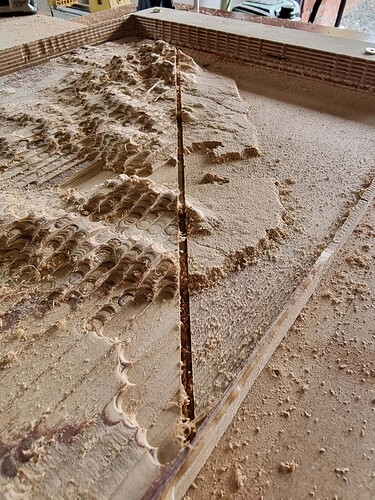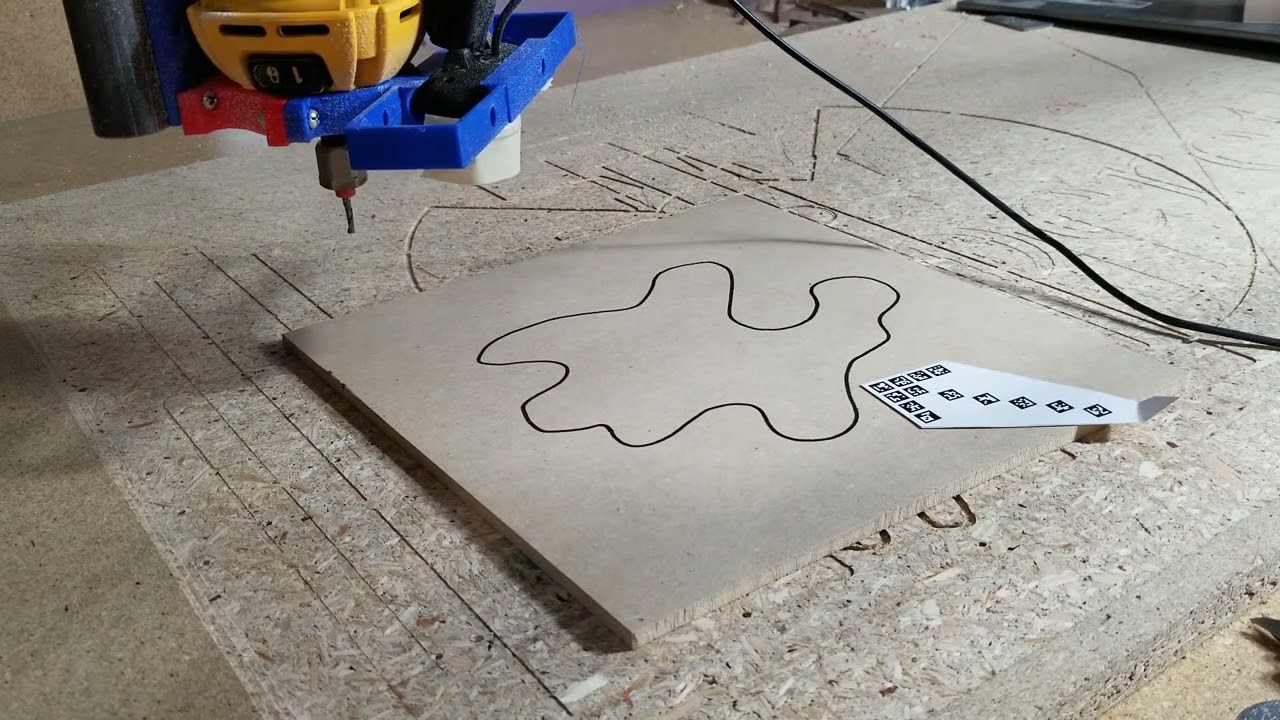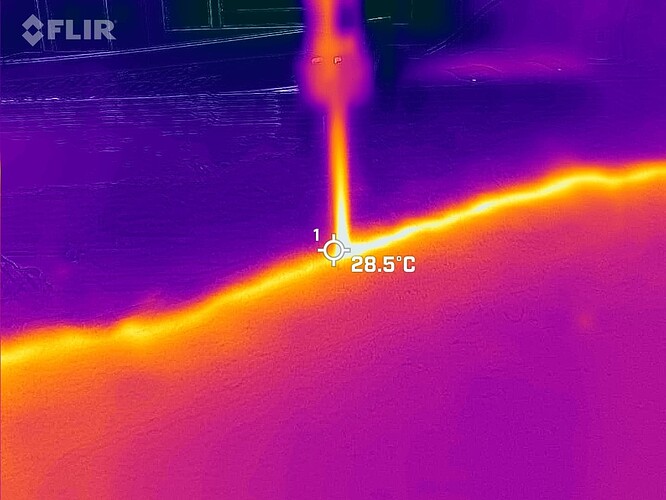Like many of you, I am always looking to improve my MPCNC. It really did perform very well as a stock Primo (thanks, Ryan!), and even better when I made a number of improvements to speed it up. One downside of its current form is a lack of intelligence. And mine is waning with age, so any artificial intelligence I can add would be helpful. I would love for any of you to point out previous discussions/projects in which people used some closed-loop feedback, or other forms of artificial intelligence in software or hardware to make their MPCNC faster, stronger, and/or more accurate. More usable is also a big plus!
What is the latest word on closed-loop steppers (like S42B) or other servomotors?
If you have used one and like it, PLEASE POST A REPLY here.
I am trying to get my Z travel to keep up with my fast XY travel (>70mm/sec) when carving complex terrain with lots of ups and downs, and I am sometimes skipping Z steps and ruining a nice piece of wood near the end of the carving process. Very disappointing. So I am looking for a closed-loop approach that would notice if Z was off and fix it before gouging out my wood.
To get the conversation started, something I have not seen yet is a vision-based approach to closed-loop control. The closest thing I found here was a laser triangulation idea from Anttix. But cameras and lenses are getting very cheap and higher frame rates may allow watching the collet or cutter itself and correcting for any deviations from the gcode. That’s just one kooky idea of mine, inspired by optical autofocus mechanisms with sub-micron precision we used on microscopes in my lab.
I am willing to entertain all AI approaches, like Peter’s multiple tape measures to get high accuracy. Did that ever come to anything?



